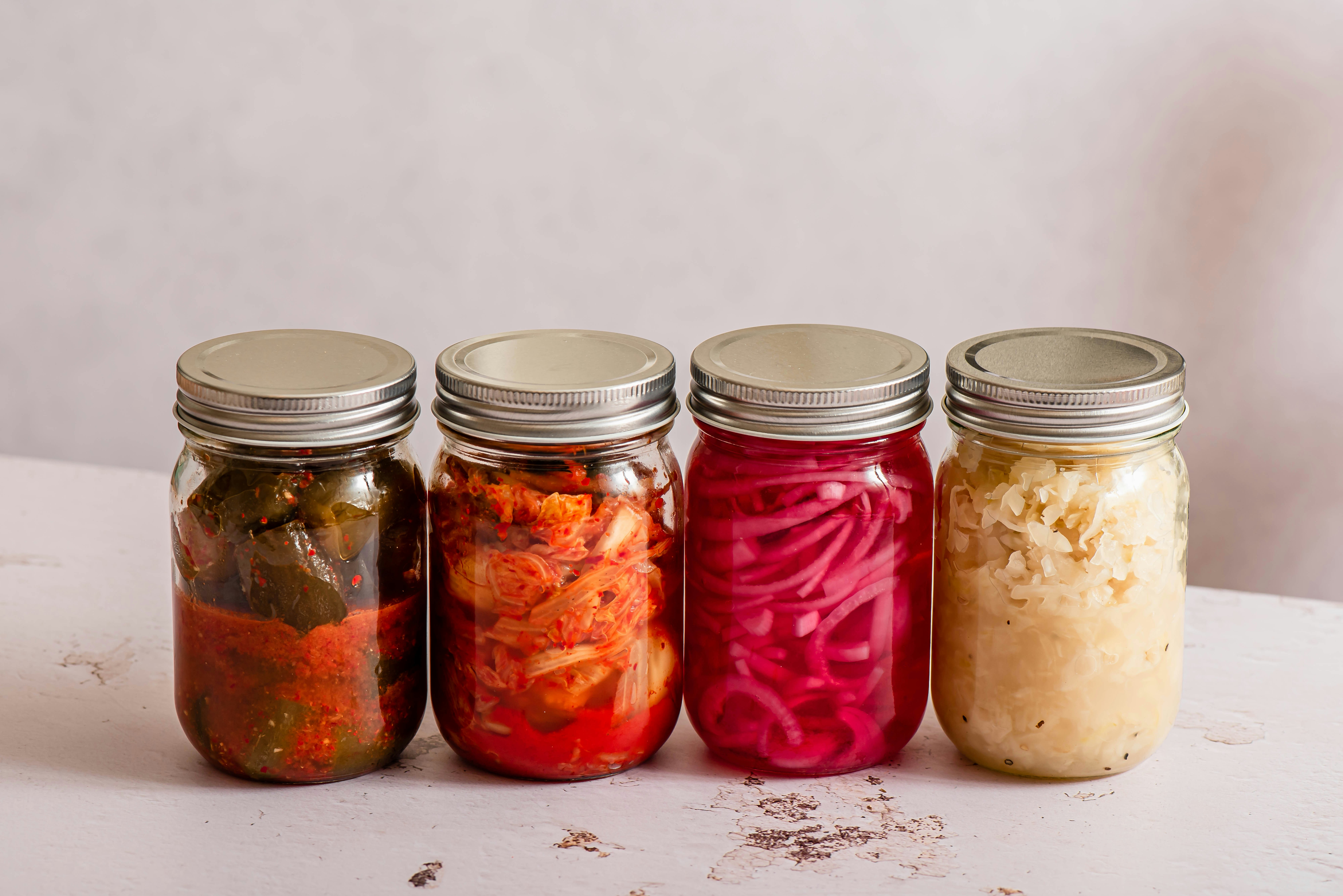Fermentation at home is not just a trend; it’s a time-honored tradition that brings both flavor and health benefits to your kitchen. From the tangy crunch of sauerkraut to the fizzy kick of kombucha, these fermented foods are not only delicious but also packed with probiotics and nutrients. This post dives into the world of home fermentation, offering expert insights, practical tips, and a step-by-step guide to get you started.
Understanding Fermentation
Fermentation is a metabolic process that converts sugar to acids, gases, or alcohol using microorganisms—typically yeasts or bacteria—under anaerobic conditions. This ancient technique has been used for centuries to preserve food, enhance flavors, and improve nutritional value.
Health Benefits of Fermented Foods
Fermented foods are rich in beneficial bacteria known as probiotics, which can improve gut health, boost the immune system, and even enhance mood. According to a study published in the journal Frontiers in Microbiology, regular consumption of fermented foods can lead to a more diverse and resilient gut microbiome.
Expert Opinions
“Fermented foods can be a powerful tool for maintaining gut health and overall well-being,” says Dr. Mary Ellen Sanders, a leading expert in probiotics and gut health.
Popular Fermented Foods to Try at Home
Sauerkraut
Made from fermented cabbage, sauerkraut is a staple in many European cuisines. It’s easy to make and requires just cabbage, salt, and time.
Kombucha
This fizzy, tangy drink is made from fermented tea and sugar, typically using a Symbiotic Culture of Bacteria and Yeast (SCOBY). Kombucha is not only refreshing but also rich in probiotics and antioxidants.
Getting Started: Basic Equipment
| Item | Description |
|---|---|
| Fermentation Jars | Glass jars with air-tight lids. |
| Weights | To keep vegetables submerged. |
| SCOBY | Essential for kombucha fermentation. |
| Salt | Non-iodized salt for sauerkraut. |
| Tea | Black or green tea for kombucha. |
| Cheesecloth | For covering jars during fermentation. |
| Thermometer | To monitor temperature. |
| pH Strips | To test acidity levels. |
Step-by-Step Guide to Making Sauerkraut
- Shred the Cabbage: Finely shred one medium-sized cabbage.
- Add Salt: Mix the shredded cabbage with 1.5 tablespoons of non-iodized salt.
- Massage the Cabbage: Massage the cabbage and salt mixture until it releases its juices.
- Pack into Jar: Pack the cabbage tightly into a fermentation jar, ensuring it is submerged in its juices.
- Weigh it Down: Use weights to keep the cabbage submerged.
- Seal and Store: Seal the jar and store it at room temperature for 1-4 weeks.
Common Fermentation Issues and Solutions
- Mold: Ensure all vegetables are submerged and use clean equipment.
- Off-Smells: Check for contamination and ensure proper salt ratios.
- Slow Fermentation: Maintain a consistent room temperature between 65-75°F.
FAQ
Is it safe to ferment food at home?
Yes, as long as you follow proper guidelines and use clean equipment, home fermentation is safe.
How long does it take to ferment sauerkraut?
It typically takes 1-4 weeks, depending on the room temperature and your taste preference.
Can I use any tea for kombucha?
It’s best to use black or green tea. Herbal teas can sometimes disrupt the fermentation process.
Conclusion
Fermenting at home can be a rewarding and delicious way to enhance your diet with probiotics and nutrients. By following the steps and tips provided, you can start making your own sauerkraut, kombucha, and other fermented delights. Happy fermenting!




Leave a Reply